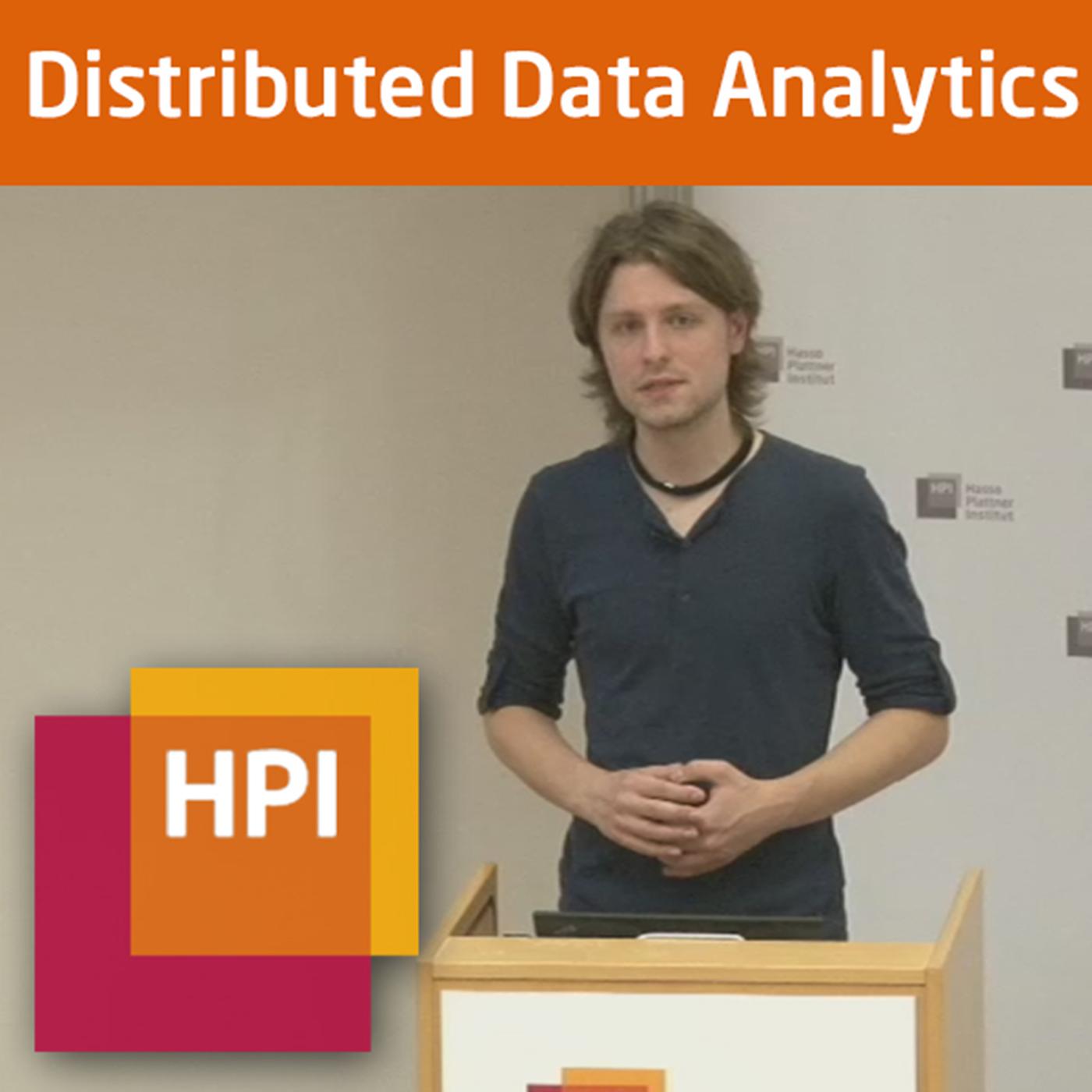
Distributed Data Analytics (WT 2017/18) - tele-TASK
The free lunch is over! Computer systems up until the turn of the century became constantly faster without any particular effort simply because the hardware they were running on increased its clock speed with every new release. This trend has changed and today's CPUs stall at around 3 GHz. The size of modern computer systems in terms of contained transistors (cores in CPUs/GPUs, CPUs/GPUs in compute nodes, compute nodes in clusters), however, still increases constantly. This caused a paradigm shift in writing software: instead of optimizing code for a single thread, applications now need to solve their given tasks in parallel in order to expect noticeable performance gains. Distributed computing, i.e., the distribution of work on (potentially) physically isolated compute nodes is the most extreme method of parallelization. Big Data Analytics is a multi-million dollar market that grows constantly! Data and the ability to control and use it is the most valuable ability of today's computer systems. Because data volumes grow so rapidly and with them the complexity of questions they should answer, data analytics, i.e., the ability of extracting any kind of information from the data becomes increasingly difficult. As data analytics systems cannot hope for their hardware getting any faster to cope with performance problems, they need to embrace new software trends that let their performance scale with the still increasing number of processing elements. In this lecture, we take a look a various technologies involved in building distributed, data-intensive systems. We discuss theoretical concepts (data models, encoding, replication, ...) as well as some of their practical implementations (Akka, MapReduce, Spark, ...). Since workload distribution is a concept which is useful for many applications, we focus in particular on data analytics.Podcasts
Course Summary
Published: Feb. 7, 2018, 3:15 p.m.Duration: 1 hour 2 minutes 3 seconds
Listed in: Education
Stream Processing
Published: Jan. 31, 2018, 3:15 p.m.Duration: 1 hour 34 minutes 45 seconds
Listed in: Education
Spark Batch Processing
Published: Jan. 17, 2018, 3:15 p.m.Duration: 49 minutes 14 seconds
Listed in: Education
Batch Processing
Published: Jan. 10, 2018, 3:15 p.m.Duration: 1 hour 39 minutes 8 seconds
Listed in: Education
Consistency and Consensus
Published: Dec. 20, 2017, 3:15 p.m.Duration: 1 hour 35 minutes 38 seconds
Listed in: Education
Distributed Systems
Published: Dec. 13, 2017, 3:15 p.m.Duration: 1 hour 34 minutes 50 seconds
Listed in: Education
Partitioning & Transactions
Published: Dec. 6, 2017, 3:15 p.m.Duration: 1 hour 31 minutes 12 seconds
Listed in: Education
Replication
Published: Nov. 29, 2017, 3:15 p.m.Duration: 1 hour 23 minutes 21 seconds
Listed in: Education
Akka Actor Programming
Published: Nov. 22, 2017, 3:15 p.m.Duration: 1 hour 23 minutes 26 seconds
Listed in: Education
Formats for Encoding Data & Models of Dataflow
Published: Nov. 15, 2017, 3:15 p.m.Duration: 1 hour 32 minutes 38 seconds
Listed in: Education
Storage and Retrieval
Published: Nov. 8, 2017, 3:15 p.m.Duration: 1 hour 6 minutes 8 seconds
Listed in: Education
The Document Data Model & The Graph Data Model
Published: Nov. 1, 2017, 3:15 p.m.Duration: 1 hour 32 minutes
Listed in: Education
Foundations & Data Models and Query Languages
Published: Oct. 25, 2017, 3:15 p.m.Duration: 1 hour 31 minutes 23 seconds
Listed in: Education
Introduction & Foundations
Published: Oct. 18, 2017, 3:15 p.m.Duration: 1 hour 29 minutes 32 seconds
Listed in: Education